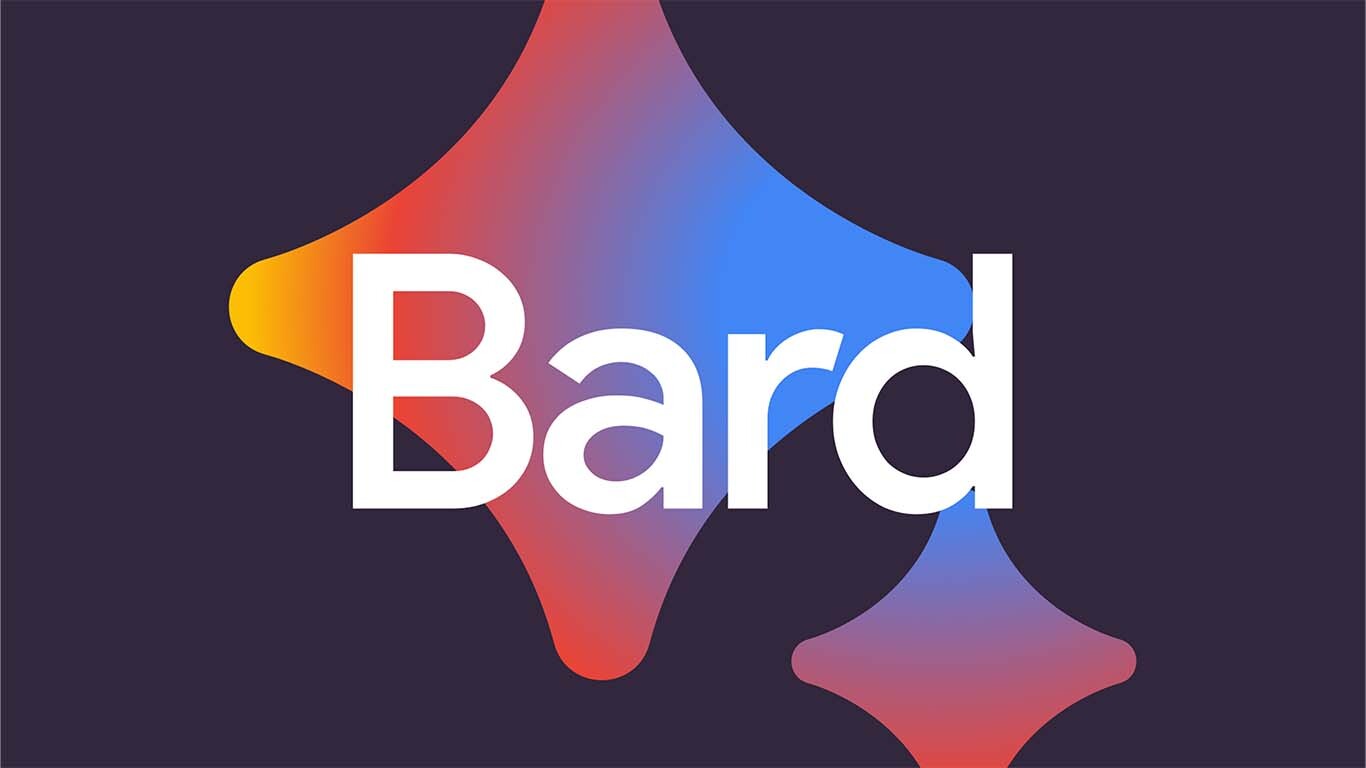Google Bard is Google’s AI chat service. This chat module pulls all it’s answers from the web. Bard was reveled on February 6 in a statement from Google and Alphabet CEO Sundar Pichai. The AI chat service is powered by Google’s Language Model for Dialogue Applications (LaMDA).
Google Bard is an AI-powered chatbot tool designed by Google to simulate human conversations using natural language processing and machine learning. In addition to supplementing Google search, Bard can be integrated into websites, messaging platforms or applications to provide realistic, natural language responses to user questions.
How does Google Bard Work?
When users search for simple answers, Google wants Bard to complement the Knowledge Graph Cards they see in Search. While a Knowledge Graph Card can give you a definition for a word or an overview of a person or place, Bard responses are intended to answer NORA questions, or searches with No One Right Answer, as Google refers to them.

Bard does this by first understanding user’s query and its context using LaMDA language models. LaMDA can comprehend the subtleties and colloquialisms that search engines struggle with since it uses datasets that include dialogue. After that, Bard compiles data from several websites to create an answer, which is then transformed into the kind of conversational response users might anticipate from a real person (again, thanks to LaMDA). High-quality responses are what Bard, and other AI chatbots for that matter, want to deliver.
Google encourages users to use this tool to deepen their knowledge of a subject and support decision-making. During a test in Paris, the business requested the AI chatbot to assist in selecting a car, and then followed up with inquiries about the benefits of electric cars. Such ability might make it unnecessary to click on search results, but Google is being careful to preserve its connections to websites and content producers.
What are Bard’s limits?
Bard is still in its early stages of development, it is challenging to predict what its limitations will be.
It must, however, learn and be educated on providing the right answer from false or misleading material, as was clear during its initial demo, much like all AI chatbots. Due to the constant need to absorb new knowledge, AI training is a laborious and computationally costly process.
Is Bard Free To Use?
Google hasn’t indicated that it will charge for use as of this writing. Despite its cloud computing business, Google has never charged clients for services. Currently, it is assumed that Bard will be incorporated into Google’s default search engine and that access to it would be unrestricted.
Considering the timing, Bard may seem like a product that was rushed out the door to compete with the release of ChatGPT 4. But interestingly, Google actually laid the groundwork for ChatGPT and other LLMs by making its Transformer deep learning model available to the public in 2017. Bard is powered by Google’s Language Model for Dialogue Applications (LaMDA), which was released in 2021. So OpenAI’s new tool shares a common lineage with Google’s, but Bard itself has been years in the making.\
Features of Google Bard
Although chatbots can’t technically hold conversations like people, they often give the impression that they can by producing a variety of digital text that may be used in almost any situation. With virtually any subject that is presented to it, Google’s chatbot tries to accomplish that by:
- aiming to display the fusion of strength, intelligence, and creativity
- gathering data from online comments and customer feedback
- using a LaMDA lite model version for testing phase
- gathering suggestions to advance the AI system in the future
When Will It be Ready For Use?
The AI chatbot from Google is currently available in the US and UK only. According to Google it will expand to more countries and languages over time.
Google Bard vs. ChatGPT
Both Google Bard and ChatGPT use machine learning and natural language models to build their chatbots, but they each have a unique set of functionality. At the time of writing, Google Bard has the capacity to use current data for its responses, whereas ChatGPT is solely dependent on data that was mostly gathered up to 2021. Although ChatGPT has a strong emphasis on conversational queries and responses, it is now also utilized to respond to more conversational searches in Bing’s search results. The similar approach will be taken with Google Bard, but just to enhance Google.
Based on significantly distinct language models, both chatbots. Whereas ChatGPT is based on GPT-3.5, Google Bard uses LaMBDA (Generative Pre-trained Transformer). Although it hasn’t exactly reduced plagiarism, ChatGPT also contains a plagiarism checker. As far as we’re aware, Google Bard does not.
While Google Bard is only accessible to beta testers, ChatGPT is readily available for use. The GPT-4 has also been announced.
Also Read: GPT-4: A Comprehensive Guide to the Latest Released AI Technology

